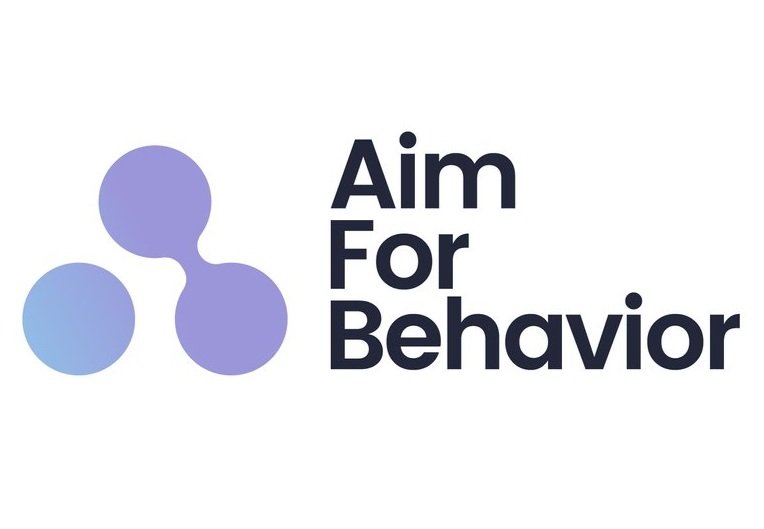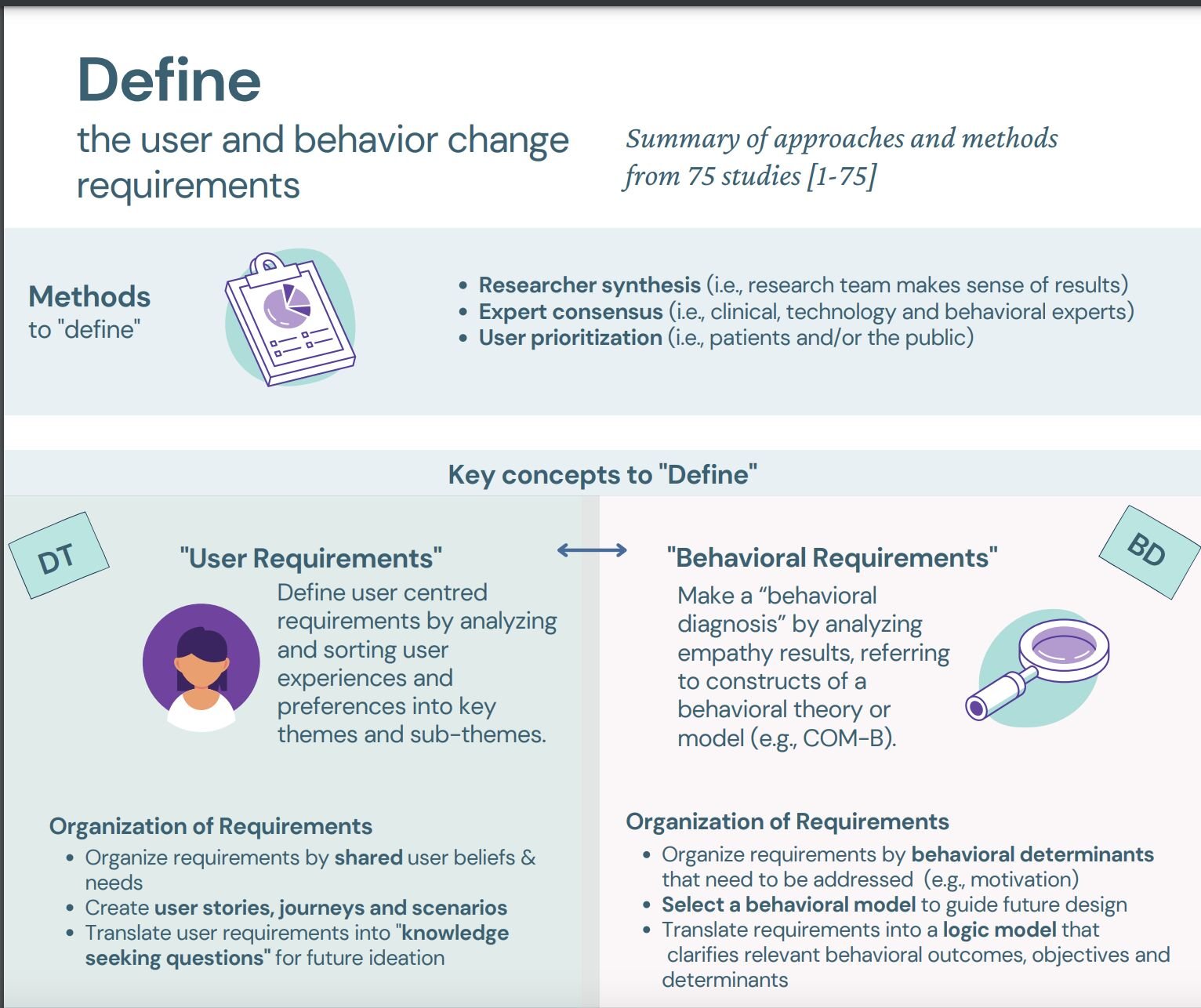Can Human Centred Design and Behavioral Science help you achieve better outcomes?
This was a question I had many years ago and one that has been answered with a YES, many times since then.
This is also why I set out to share my learnings with all of you, and why I created my open and free Behavior Change Strategy Framework (which will get a refresh soon) ---> Get my Frameworks for free here.
As a refresher, the aim of the framework is to help guide you as a practitioner, on how to apply and design for behavior and decision-making in products, services, and processes.
The framework combines the COM-B Model and Behavior Change Wheel and HCD and it helps explain the process of defining behaviors, addressing barriers, and applying solutions.
Understanding your users and their needs + the behaviors that are most appropriate to target will help you address the right barriers and design the most adequate solutions.
As I keep refining (yes, I read those papers rarely anyone wants to read) I found a study by Voorheis P et al 2022 that looked at how to best combine design science and behavioral science.
They call it Behavioral Design Thinking - Emcompassed of different Phases:
In the image (credit to Voorheis P et al) you can see their Define Phase:
Human-Centered Design Approach:
1) Organize Requirements by shared user beliefs and needs (so theme them)
2) Create user stories, scenarios, and journeys
3) Translate requirements into knowledge-seeking questions
Behavior Science Approach:
1) Find and code Barriers or Enablers with COM-B (or TDF)
2) Select the Behavioral Model
3) Create a Logic model
I like that the elements they used (this is how my behavior change courses are structured - logic model, analysis, etc)
It's great to see that there is more evidence to support how these methods complement (not compete) each other.
My tip:
💡 If you are Behavioral Scientists:
Learn more about Jobs to Be Done and Human Centered Design, it will elevate your work!
💡 If you are a Human-Centered Designers:
Learn Behavioral Models and Frameworks, learn how to identify behavioral barriers, and how to apply behavior change techniques.
If you need help with any of this, just reach out!
P.S. If you are curious about my course that covers the framework -> You can get it here
Robert
These are other ways I can help you:
1 ) Get my Behavior Science and Design Courses: Learn to add that missing Behavioral Science layer to your products and services in an easy and practical way
2) Explore my services: I work on small projects or as part of your team
3) Frameworks: Get access to my free frameworks and tools

